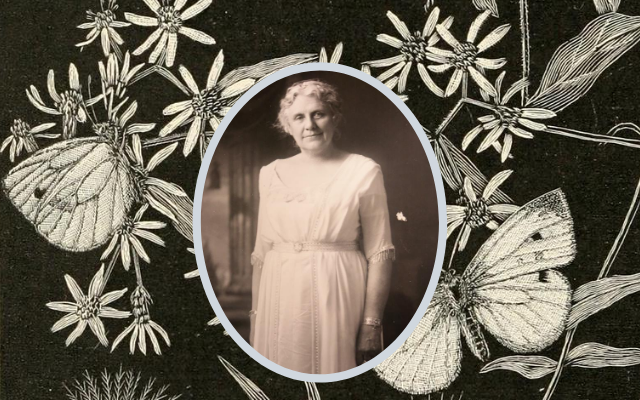Little Lake Valley, located in northern California’s Eel River watershed, is home to several thousand acres of wet meadows and riparian woodlands that are habitat for diverse plants and wildlife, including tule elk, many bird species, and gorgeous spring wildflower displays. A landscape formed when sediments from several creeks filled an intermountain valley bounded by faults, the Valley is also home to two rare plants: the North Coast semaphore grass (state-listed as Threatened) and Baker’s meadowfoam (state-listed as Rare).
“The large lowland wetland ecosystem found in the Little Lake Valley, if not unique, is quite rare,” asserts Dr. Robert E. Preston, a Senior Biologist in the Sacramento office of ICF, an international consulting firm. “Most or all of the small interior valleys of California’s North Coast Ranges were long ago converted to agriculture or were hydrologically altered. Moreover, it supports almost half of the known occurrences of Baker’s meadowfoam, including the largest and most extensive population.”
In November 2016, the California Department of Transportation (Caltrans) completed construction of the Willits Bypass Project, a 5.9-mile long bypass of US Highway 101 in Mendocino County. First proposed in 1957, the controversial project, which crosses a corner of Little Lake Valley, raised a variety of environmental concerns due to its impact on endangered species and state and federally regulated resources [1].
Preston served as the lead botanist for the team that prepared the Project’s Mitigation and Monitoring Plan, which was developed and is being implemented by Caltrans to offset the bypass’ impacts on wetlands and rare plants.








